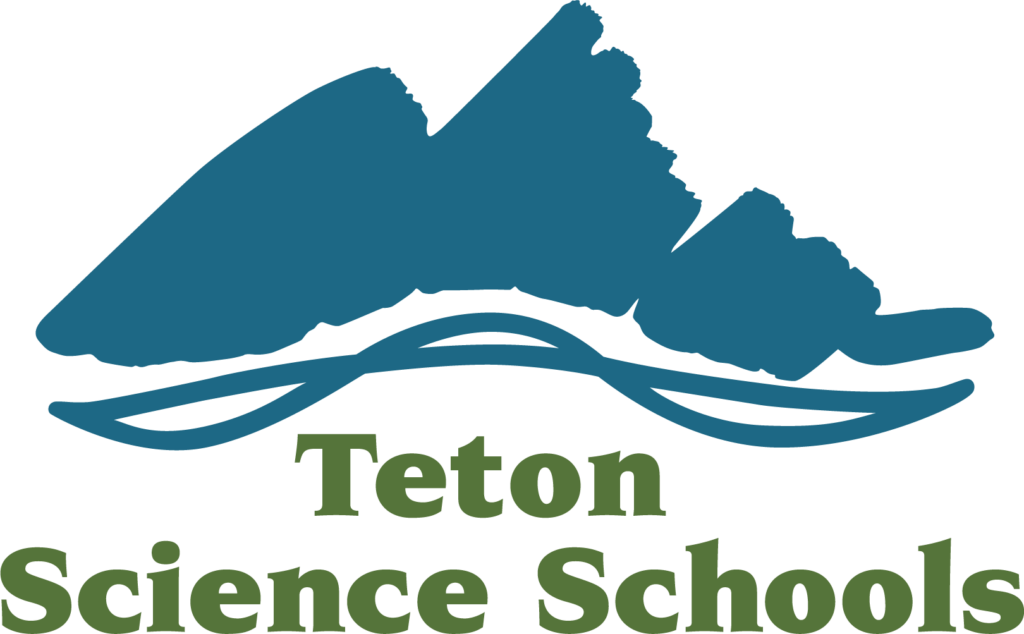I often find myself wondering what my main goal and purpose is as an environmental educator. The first response that comes out is usually something like, “To educate students on the natural world.” This is a true enough statement. Environmental educators truly do educate students on many aspects of their world around them. When I dig a little deeper into what educators really accomplish out in the field, I find that there is a deeper purpose than to just educate.
Today’s mainstream culture is very much based on technology, fashion and what we as humans have to offer the world. The youth of the twenty-first century have an immense amount of technology surrounding them. Most were born when the intranet was in full swing and cellphones were an expected communication device to have. The flow of information and ideas has exploded on both a locally and global level. Students today know more about what is going on globally than most previous generations. All of this information can be obtained without ever leaving their home. They have an immense informational knowledge but lack the knowledge of skills and experiences.
As a result of all this influx of information there exists a gap between having knowledge and applying that knowledge through experience. Here is where I feel environmental education can come into play. Through place based and experienced based education students can tune in to what nature has to tell us, and temporarily tune out technology. As environmental educators, we can bridge this experiential gap that exists in today’s society.
Place based education helps students to focus on the world around them and to learn to use their power of observation. Observation helps to foster our most basic skills such as sight, hearing, touch and smell. They may seem unimportant to some but they are our basic tools we possess to survive and process information. Honing these skills has been proven to enhance one level of understanding of themselves and the world around them.
Exercise is also something that environmental educators help to promote. Taking hikes to learn about our natural world promotes a healthy alternative to playing video games and sitting on the computer. When students are engaged and moving outside they start to become more aware and connected to the world around them. Connecting students to the world around them can help foster a sense of stewardship for their community and the world as a whole.
Now when I think of my purpose and goal as an environmental educator I remind myself that we are acting as a bridge. A bridge for students to have direct connections and experiences with their world. I truly believe that the gap between technology and the world around us is becoming smaller, and that environmental education is a bridge shortening that gap.

